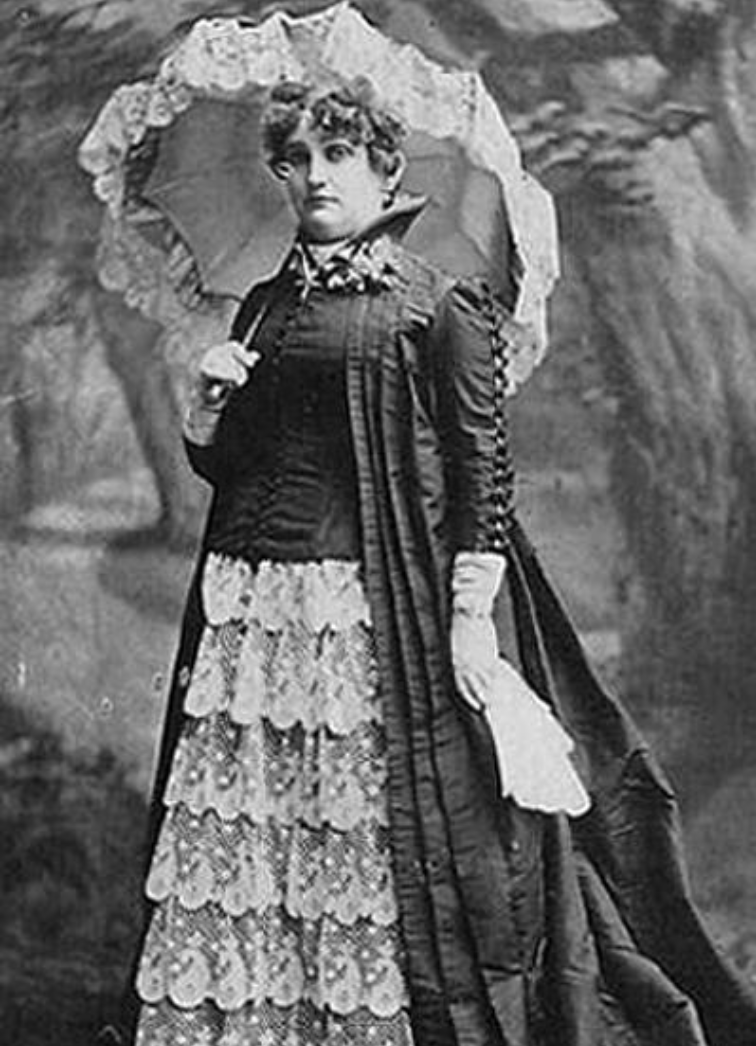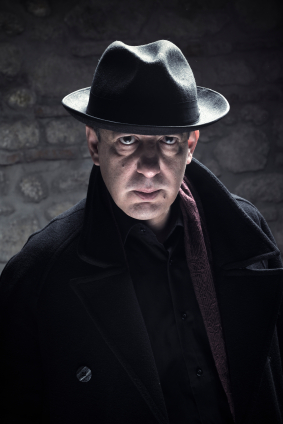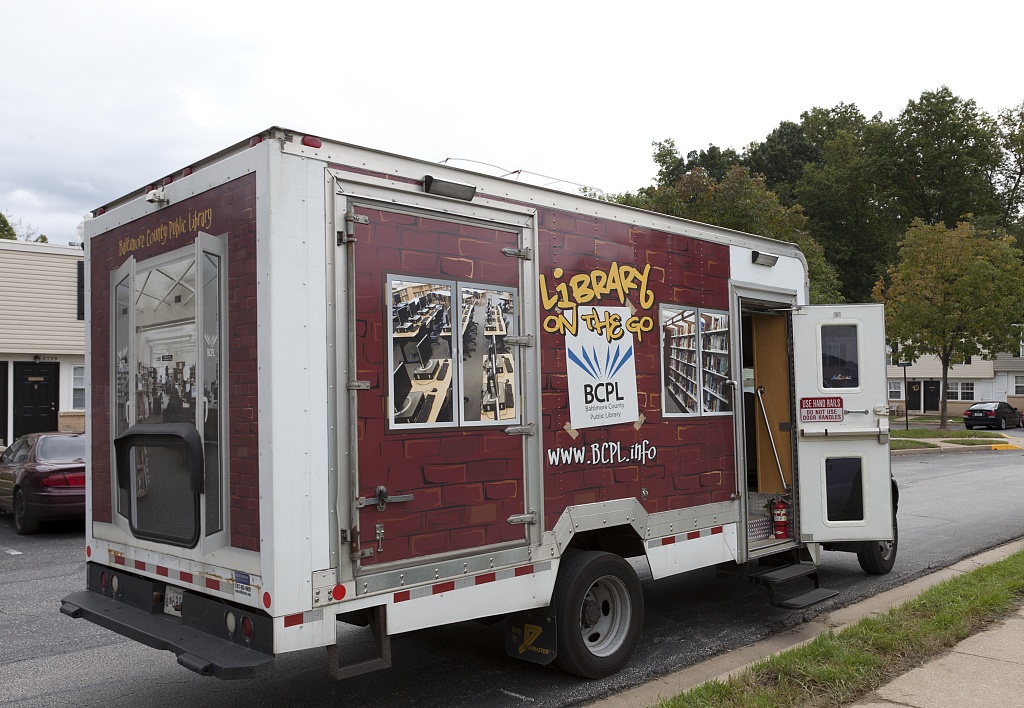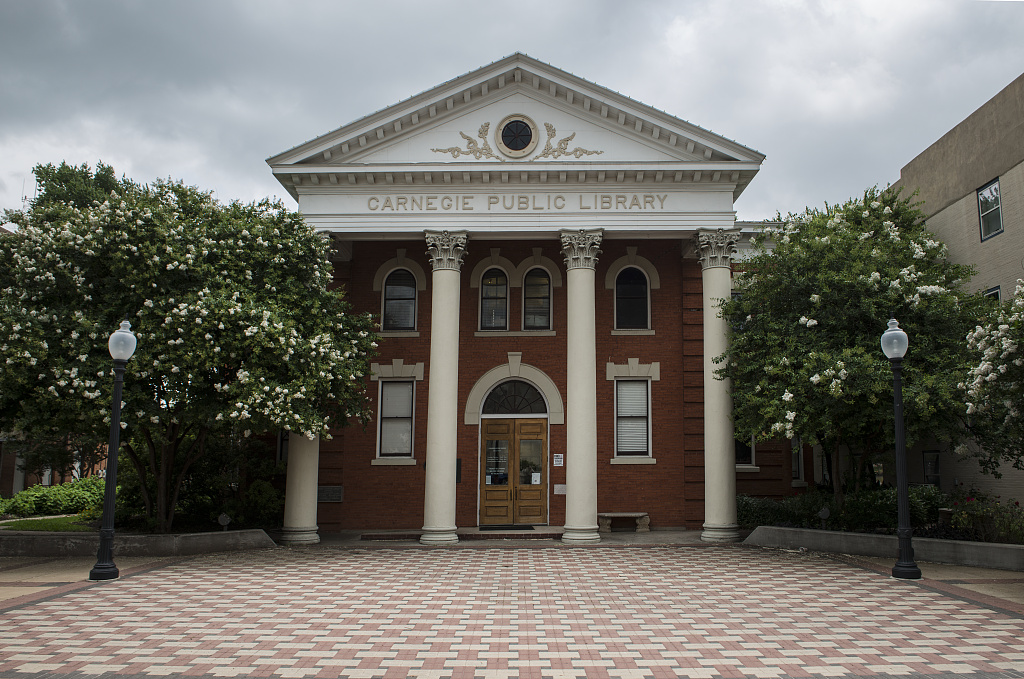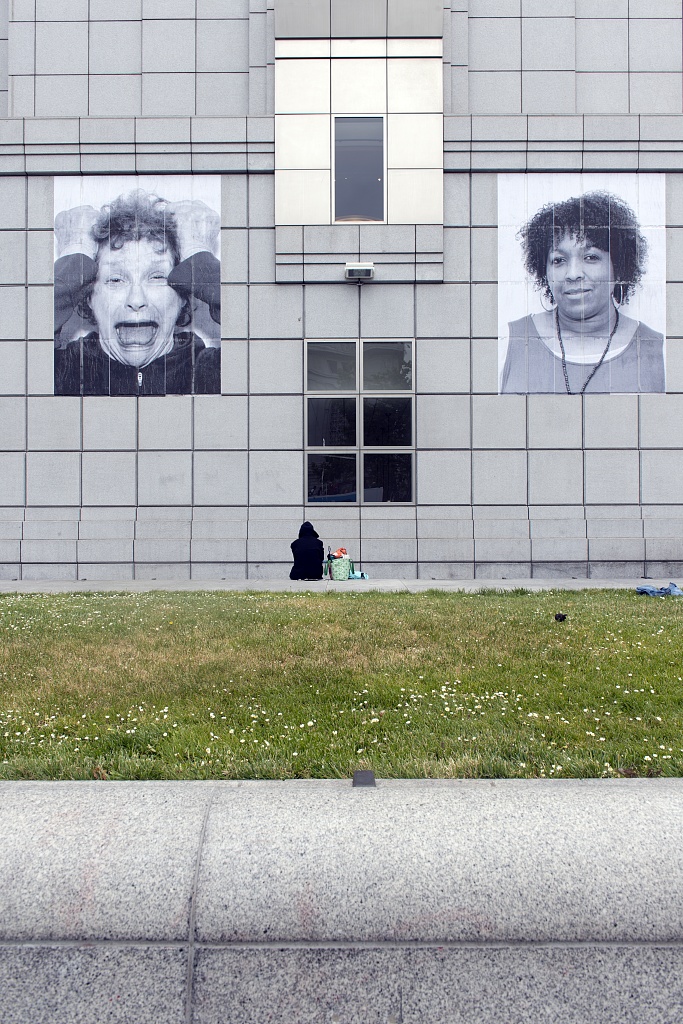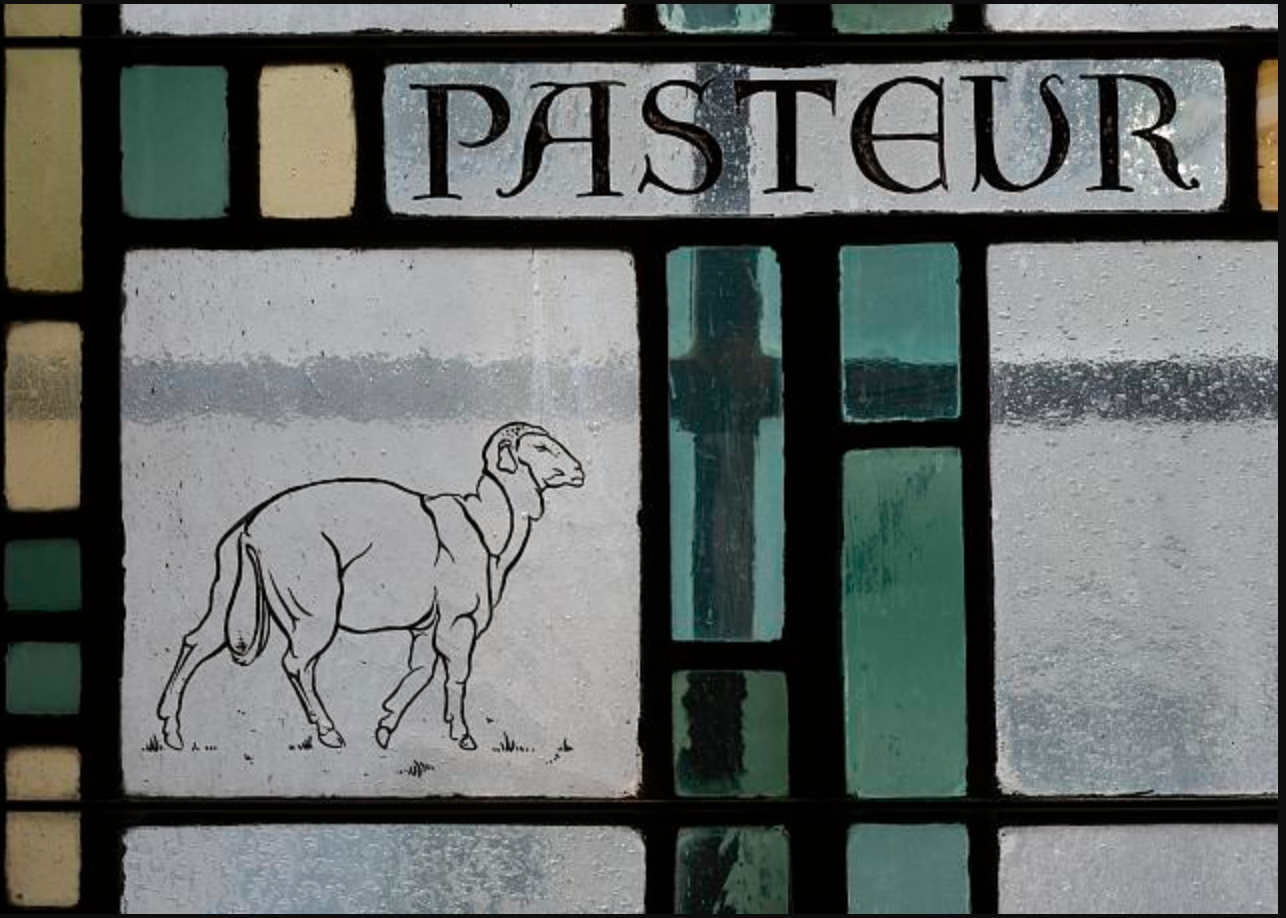Updated August 26, 2019
A few years ago, a defamatory “book review” showed up on Amazon—the term book review is in quotes because in no way was it a review of a book. Instead, it was a malicious character attack written by someone hiding behind a bogus ID. Unfortunately, I’m not the only author to have dealt with such non-book-related reviews written by people with personal agendas.
Amazon and Vengeful Reviews
By vengeful, I mean reviews that contain no analysis of the book, only mean-spirited, spiteful content directed at the author.
Letter Template
Below is part of the letter I wrote to abuse@amazonaws.com. I have replaced real names and titles so this letter is basically a template.
Dear Amazon:
An abusive comment written by “[bogus ID]” remains in a book review for [book title] [link to book review]:
[screen shot of review here]
This review does not meet Amazon’s review submission guidelines because:
It contains no information about the book itself
Content is spiteful
Content directs readers to go to other sites that are not associated with the book or Amazon
Content only contains malicious attacks on the author
For the above reasons, I request you to please delete this review.
Sincerely, [name]
The above bulleted list specifically addresses content Amazon deems unacceptable in reviews. To read more about Amazon’s review guidelines, click here.
More Evidence About The Cyberstalker
Internet searches revealed that this person had cyberstalked before. Multiple times.
Additionally, I did some Internet research on this “reviewer” (thanks to a writer-friend’s lead) and found a connection that revealed his real name. From there, I conducted background research and found a police report where this individual had been reported for cyberstalking several years earlier. The woman who had filed the police report stated that the man had repeatedly bragged to her about his ability to destroy people on the internet. When he got angry at her for not wanting to date him, he hinted that he would destroy her reputation, too, via the internet.
Too Frightened to Go to the Police
His threat frightened the woman—so much so, she was afraid to go to the police because they would likely contact the man to ask that he leave her alone (which they did), and that the man would retaliate by making good his threat to destroy her reputation. Fortunately, someone convinced her that going to the police, as well as filing for a restraining order, would protect her (which ended up being true on both counts).
Here's another article where a woman was able to stop her cyberstalker by going to the police, as well as to court for a restraining order: Amazon stalker sent anonymous deliveries of illicit novels to victim, court hears
All of that data about the cyberstalker was in the police report that I forwarded to Amazon, who immediately took down the cyberstalker's malicious reviews.
I was fortunate to find that police report (which is public record), but it’s not always the case that such compelling data is discovered. But even without it, I believe Amazon would have taken down the review as it violated Amazon's review policies.
By the way, if you have received similar vengeful reviews, keep in mind that it may take Amazon several weeks, even a month, to follow up on your takedown request. While you are waiting for Amazon’s response, resist the urge to click on the bad review link, and ask friends and family not to click it, either. Simply put, clicking = interest and interest = higher ranking. You don’t want that vengeful “review” getting more attention.
Others Have Been Stalked on Amazon
Sometimes in a big way. Several years ago a Michael Jackson fan group bombarded a book on Amazon (which they felt was derogatory about MJ) with hundreds of one-star reviews.
Although some say that Amazon suggests responding to a stalker’s comment (KDP Thread: Dealing with a Stalker), I advise against it (see “Tips for Handling a Cyberstalker” below).
Wish I could say this cyberstalking episode was a one-time event, but it wasn't.
A Book Blog Tour Stalker
This happened a number of years ago for a book I co-authored. The cyberstalker didn't know me, but was obsessed with my co-author. Besides this stalker posting bogus, malicious reviews, he began trolling our book blog tour and posting derogatory comments at each site. Yes, we had our own tag-a-long book-blog stalker. He hadn’t even read the book, how rude.
Working with Blog Hosts
We contacted our blog hosts ahead of time, briefly explained that we had our very own personal stalker and suggested the host monitor all comments and delete his offensive rants. Oh, and to please forward us the stalker’s IP address. Gee, imagine our surprise (not) to see that all of the derogatory comments originated from the same IP address.
Blog Host Put a Stop to It

